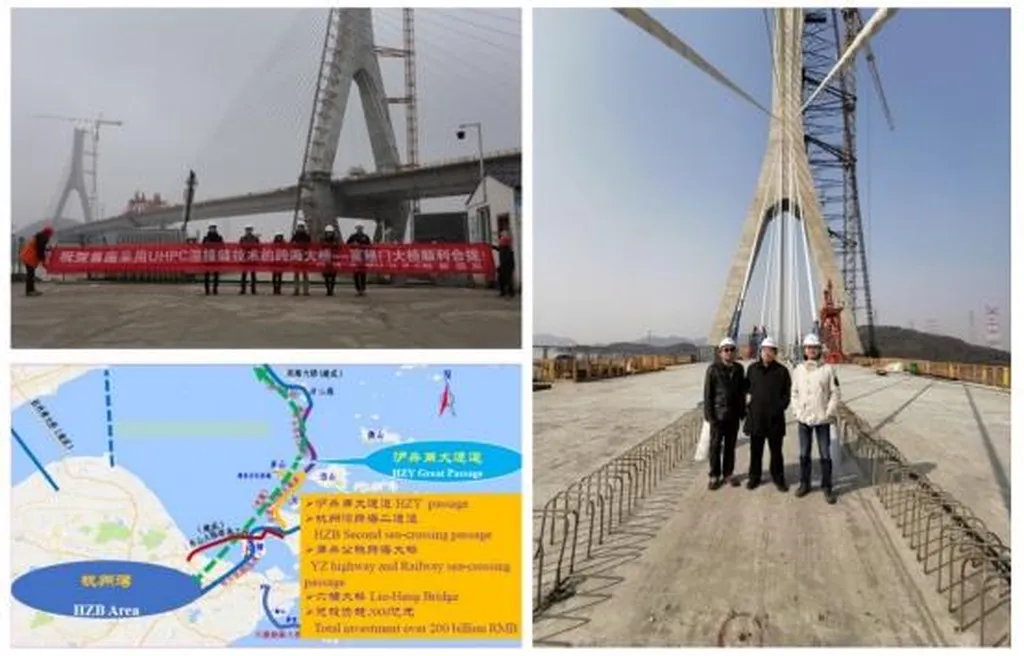In a significant stride towards enhancing the performance of prefabricated structures, a team of researchers led by Jianxin Li from the School of Future Transportation at Guangzhou Maritime University has developed a novel composite wall material that combines the strengths of ultra-high-performance concrete (UHPC) and autoclaved lightweight concrete (ALC). This innovation, detailed in a recent study published in the journal ‘Buildings’ (translated to English), addresses key limitations of ALC, such as high water absorption and mechanical weaknesses, by reinforcing it with UHPC, known for its superior strength and durability.
The research team systematically explored the effects of shrinkage-reducing agents (SRA) and expansive agents (EA) on UHPC properties. Their findings revealed that increasing SRA content not only improved the fluidity of UHPC but also significantly reduced early autogenous shrinkage. Meanwhile, the optimal dosage of EA enhanced both mechanical properties and volume stability. To further bolster the bonding between UHPC and ALC, an interfacial agent was employed, resulting in a remarkable 675% increase in bonding strength compared to untreated samples.
The composite material demonstrated impressive mechanical performance, with a compressive strength of 11.2 MPa and a flexural strength of 6.8 MPa. These values represent substantial improvements of 111.3% and 325%, respectively, over monolithic ALC. The material also exhibited ductile failure, and the experimental damage modes aligned well with finite element simulation results.
For maritime professionals, this research opens up exciting opportunities. The enhanced structural performance of the UHPC-ALC composite could be particularly beneficial in the construction of offshore platforms, coastal defenses, and maritime infrastructure, where durability and strength are paramount. The material’s lightweight nature could also contribute to more efficient and cost-effective construction processes.
“Our study offers guidance for optimizing UHPC-based composite wall materials via the multi-scale regulation of shrinkage behavior, interfacial properties, and structural design,” said lead author Jianxin Li. This innovation not only addresses current limitations but also paves the way for future advancements in maritime construction.
As the maritime industry continues to seek innovative solutions to enhance the durability and efficiency of its infrastructure, the UHPC-ALC composite material developed by Li and his team presents a promising avenue for exploration. The commercial impacts of this research could be far-reaching, offering new possibilities for the design and construction of maritime structures that are both robust and sustainable.

